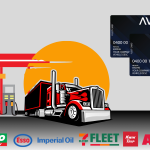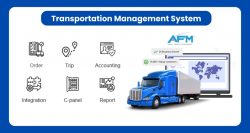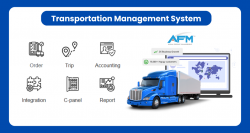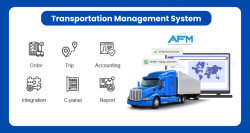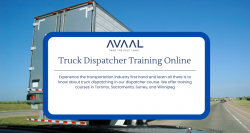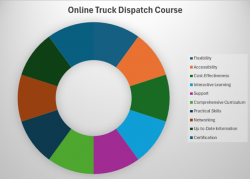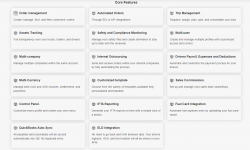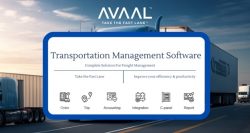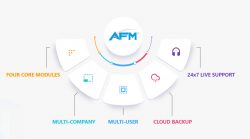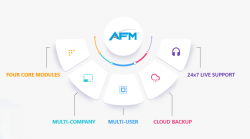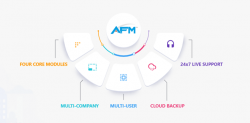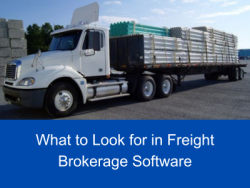The Ins and Outs of Truck Dispatching: A Comprehensive Guide
Understanding the Basics of Dispatching
Dispatching is the backbone of the trucking industry, responsible for securing the loads that keep your business running and your drivers on the road. Whether you’re an owner-operator looking to dispatch your own trucks or a fleet manager overseeing a team of drivers, mastering the art of dispatching is essential for success. In this comprehensive guide, we’ll dive into the fundamentals of truck dispatching, equipping you with the knowledge and strategies to navigate this crucial aspect of your operations.
The Power of Load Boards
Dispatching without a load board is nearly impossible, which is why finding the right platform is a critical first step. The load board you choose can make a significant difference in your ability to secure profitable loads.
For those relying on a mobile device, the differences between the various load board options may not be as pronounced, as the app experience is largely the same across the board. Nonetheless, it’s important to evaluate the features and functionality that best suit your needs, whether you’re an owner-operator or managing a fleet.
Navigating the Load Board
Once you’ve selected your load board, it’s time to dive in and start searching for the right opportunities. When reviewing potential loads, there are several key factors to consider:
Broker Credit Scores
One of the most important metrics to pay attention to is the broker’s credit score. Avoid booking loads with brokers who have a credit score below 90, as they may pose a higher risk of delayed or non-payment, no matter how attractive the rate may seem.
Days to Pay (DTP)
Another crucial factor is the broker’s average days to pay (DTP). Ideally, you’ll want to work with brokers who have a DTP of 30 days or less, as this helps maintain a healthy cash flow for your business. Keep in mind that even brokers with a DTP under 30 days may occasionally take longer to pay, especially around the end of the year.
Rate and Mileage
Of course, the rate and mileage of the load are also essential considerations. Pay attention to the total trip miles, including both loaded and deadhead miles, to ensure you’re getting a fair rate per mile. If the rate is not posted, you’ll need to contact the broker directly to negotiate the terms.
Load Details
Finally, take the time to review any additional details about the load, such as pickup and delivery instructions, commodity type, and weight restrictions. This information can help you determine if the load is a good fit for your equipment and capabilities.
Establishing a Relationship with Brokers
Once you’ve identified a load that meets your criteria, the next step is to connect with the broker. This process typically involves completing a carrier packet, which is a comprehensive form that provides the broker with all the necessary information about your company, equipment, and insurance coverage. It’s important to fill out this packet accurately and thoroughly, as it will be used to set you up as an approved carrier.
After submitting the carrier packet, the broker will send you a rate confirmation, which outlines the details of the agreed-upon load. Review this document carefully, ensuring that all the information is correct, and then sign and return it to the broker to finalize the booking.
Invoicing and Payment
When it comes to the time to invoice the broker, it’s important to have a streamlined process in place. While you can create a custom invoice template, many dispatchers find it more efficient to use accounting software, which can help automate the invoicing process and keep track of outstanding payments.
Your invoice should include all the relevant details, such as the load number, truck and trailer information, driver’s name, and the agreed-upon rate. Be sure to also include any necessary supporting documentation, such as the bill of lading and any accessorial receipts.
If you’re working with a factoring company, you’ll need to send the invoice and supporting documents to them, rather than directly to the broker. This allows you to receive your payment more quickly, but keep in mind that the factoring company will deduct a percentage of the total as their fee.
Conclusion
Mastering the art of truck dispatching is a crucial step in building a successful and profitable trucking business. By understanding the ins and outs of load boards, broker relationships, and invoicing, you’ll be well on your way to securing the loads that keep your drivers on the road and your company thriving. Remember, attention to detail, effective communication, and a proactive approach are the keys to becoming a dispatching pro.
For more information kindly visit our official website
We wish you luck with a high-paying career in transportation.
Checkout Our Courses:
Truck Dispatcher Training
https://avaal.com/trucking-dispatch.php
Trucking Safety & Compliance Training –
https://avaal.com/education-safety-compliance.php
Transportation of Dangerous Goods Training
https://avaal.com/education-dangerous-goods.php
Hours of Service Training (HOS)
https://avaal.com/education-hos-logbook.php
Freight Forwarding Specialist Fast Track
https://avaal.com/freight-forwarding.php
#truckdispatchercourse #truckdispatchingcourse #tms #freightbroker #truckingdispatchcourse #transportmanagementcourse#truckdispatchcoursenearme #canada #usa

